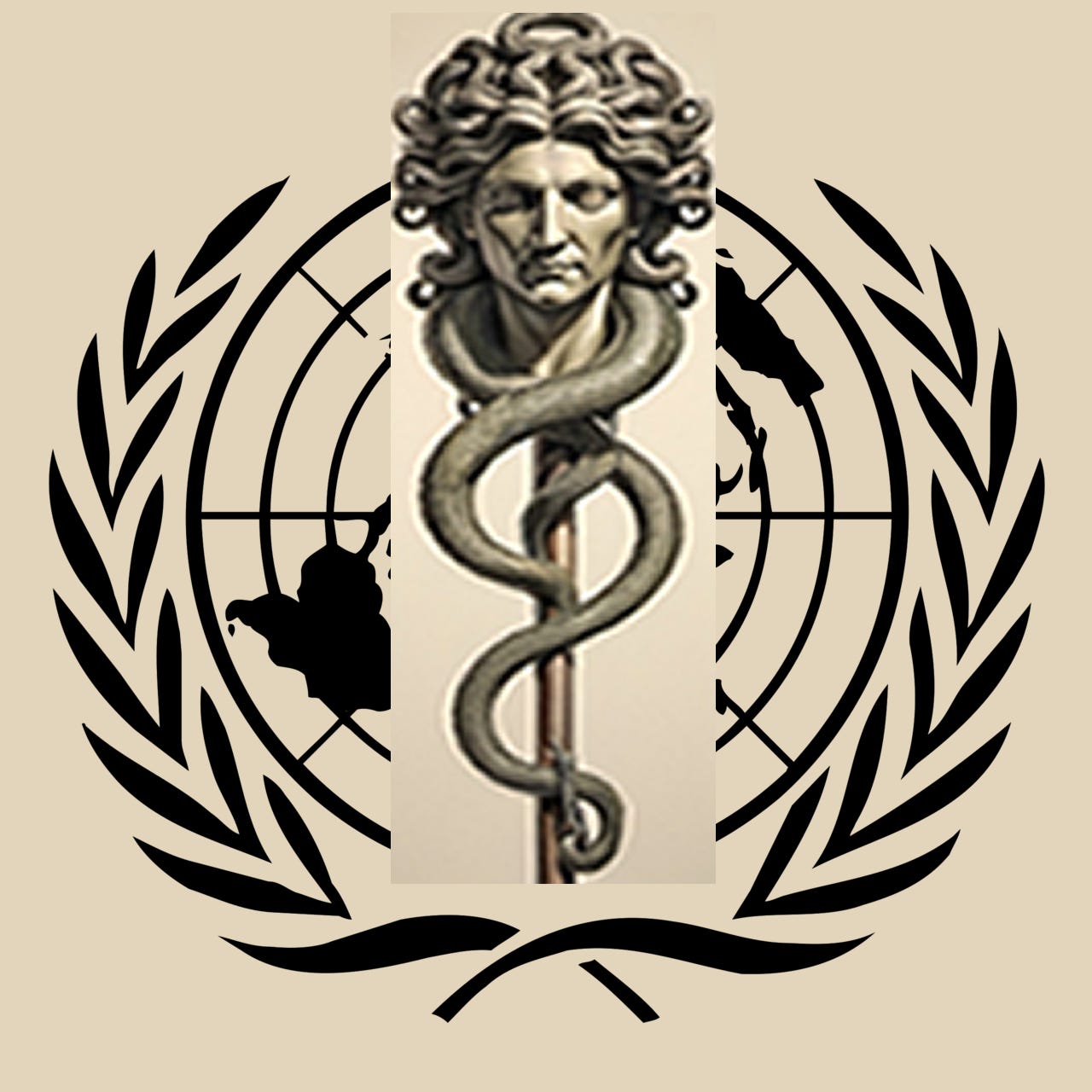The WHO's War on Industry: The Strategy to Tobacconize all Companies
In 2024, the World Health Organization Europe published a strategy document outlining their plans to denormalize (tobacconize) all “Health-Harming Industries” (HHIs). The incredulity of such a position from an international health body is mindboggling: that commercial entities are only interested in profits and are the main source of noncommunicable diseases, therefore they should all be excluded from public discourse like the tobacco industry. The WHO reveals how it considers the stakeholder dialogue process as dead and buried.
In response, The Firebreak produced a five-part series to analyze the WHO publication and shed light on the potential consequences should its member states implement this strategy in the public health policy arena.
Part 1: The WHO’s War on Stakeholder Dialogue
In its dozens of case studies, the WHO indicated that almost all industries and commercial activities fall under their definition of “health harming” (including pharmaceuticals, food and drink, medical devices, nutritional supplements...). This would mean that the most important stakeholders in innovative public health fields would not be allowed to engage in policy debates or promote their technologies.
Part 2: How Censoring all Industry Engagement Will Affect Policy and Human Health
In banning industry engagement, the WHO would create an unworkable public policy arena were policymakers would not be able to gather reliable information or work with key stakeholders on health strategies and innovative advances. This approach is incomprehensible if one considers how we have just come out of a global pandemic where public-private partnerships were essential in saving lives, producing and distributing PPEs and vaccines and keeping supply chains open during lockdowns.
Part 3: The WHO’s War on Ethics and CSR
The WHO relentlessly attacked Corporate Social Responsibility (CSR) and industry’s efforts to engage with other stakeholders to find common ground. The authors of the report could not say anything positive about any corporate action to alleviate suffering during, for example, the pandemic. To them, the donated hospital ventilators, food aid, donations… were all seen as industry marketing scams to distract the public and policymakers from the damage their products are doing to global health. The WHO, in this report, seems incapable of accepting the possibility that industry actors can do the right thing because it is the right thing.
Part 4: The WHO’s Activist Army in the Attack on Industry
In isolating industry from engaging public discourse, the WHO promotes an alternative of more financial support and engagement with civil society organizations (CSOs) that include NGOs and activist groups. The report seems unaware of how these CSO groups are also blinded by interests and funding commitments. It is a very weak alternative given that most CSOs do not have the research, production or logistics experience and understanding that industry has (and what is essential to promote better public health conditions). Excluding industry and further empowering a group of activist ideologues would impoverish health policy decisions.
Conclusion: Motives for the WHO’s Tobacconization of all Industry
In asking the question: Why would the WHO seek to unravel decades of stakeholder dialogue, engagement and participation? the Conclusion shows how the WHO is an organization beset with factions, silos and disputes. The NCD faction is particularly militant with activist health gurus, CSOs, academics and influential funding foundations exerting pressure on the WHO to fall in line with their ideology. The CDoH movement behind the argument that NCDs are largely caused by industry influence on public lifestyle decisions is more than five years old and the WHO has been compelled to follow their lead.
_______


